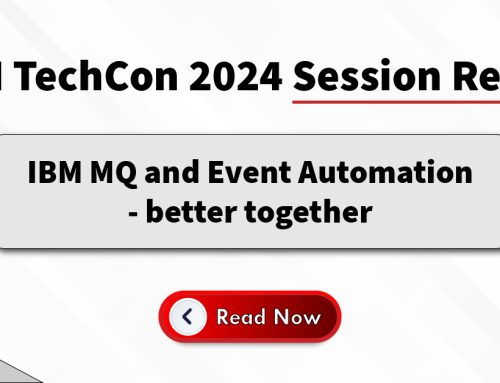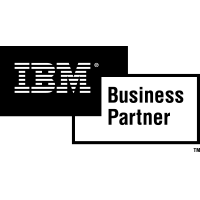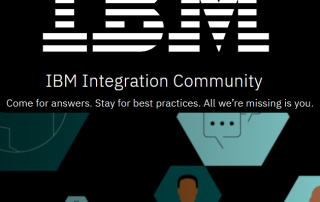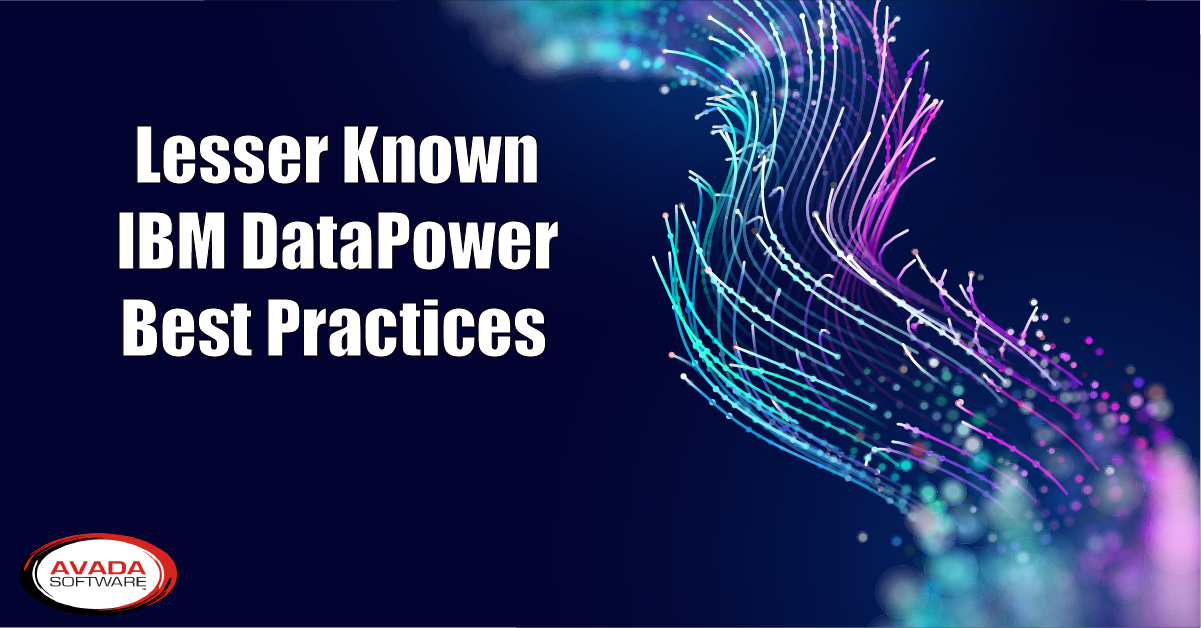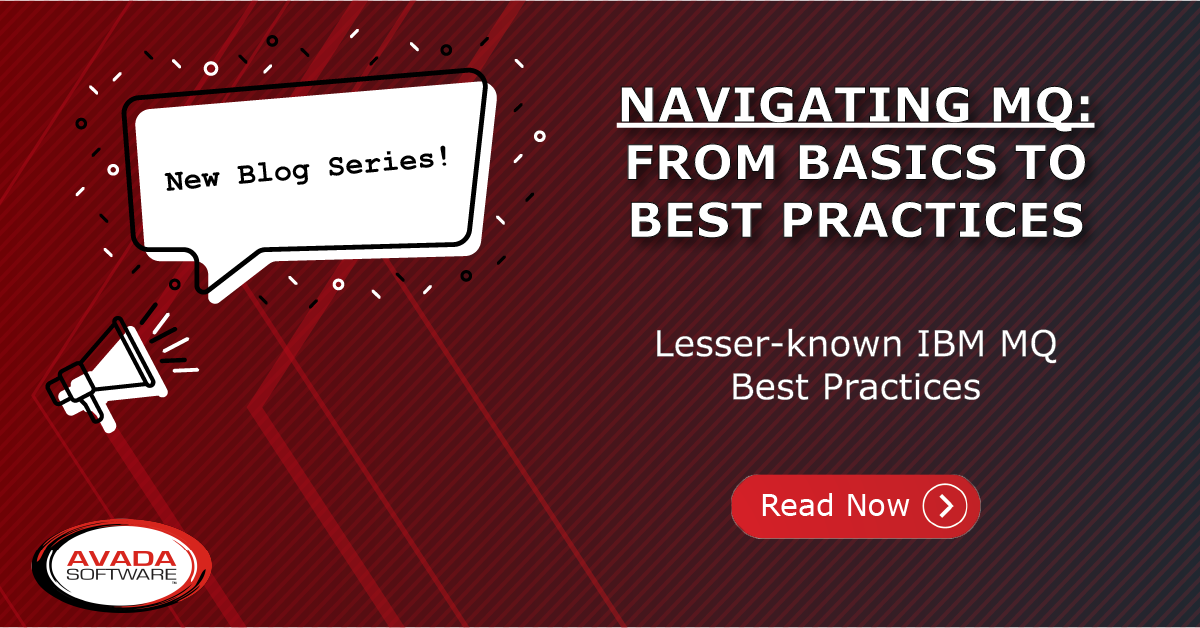By Peter D’Agosta
As part of my duties as a Product Manager, I’m often asked to explain emerging technologies in order for Decision Makers to make educated decisions on important initiatives.
The word “Cloud” has been tossed around for many years now. While Cloud technology has been available for quite some time, the reality is finally settling in. Providers and tools are available to make it easier for companies to migrate some, most, or even all of their assets from their server farms to the Cloud (which, by the way, is physically, just a server farm – with some really cool technology!)
At recent industry conferences, most of the people I met were dealing with transaction based systems. These are systems where data is sent from an originating point (i.e. a browser, kiosk, or device) to a transaction server of some kind, then processed, a response of some kind is acknowledged and something is returned to the originator (a receipt, currency, a ticket, etc.) One such conversation I had was with a C level executive who mentioned that all his company’s transactions ran ‘in the Cloud’ and how they ensured delivery of those transactions within a required SLA (service level agreement).
The huge size of the infrastructure implicit in that statement started me to daydreaming about how I might explain this to someone who is not from the industry or might not work with transactional systems. I know that getting into detailed technical discussions on this subject (i.e. application sessions and instances, middleware message queuing/transformation, mbeans, persistence, rollback, clusters, and data repositories, etc.) might make me sound experienced and knowledgeable….but…might also make anyone else listening feel like napping on the nearest hotel lounger or spinning the propeller on my beanie while simultaneously adjusting my droid pocket protector.
While looking up and imagining how his transactions “in the Cloud” were just ‘up there’ and flying around, suddenly a movie quote from Jason Segel popped into my head. It was the scene where the characters were asking what happened to the naughty video they made,
“Jay: “It went up! It went up to the Cloud!”
Annie: “And you can’t get it down from the Cloud?”
Jay: “Nobody understands the Cloud! It’s a mystery!”
And just like that, a better explanation came to me. One that is scientific enough to be credible, can be quickly explained at the grammar school science class level, and gives folks what they really care about, the results, not the technical minutia:
Transactions are like particles in a Cloud. They move around inside the Cloud; some forced up by warm air currents of datacenter hardware, some forced down by gravity, and compressed in the cloud (all these fibers are quite narrow). Just as rubbing a balloon against your shirt creates static electricity, the particles in the cloud become charged in their travels. The charges separate in the cloud. Positive charges move up, and negatives move down. Once a significant charge separation has built up, the positive and negative charges seek to achieve a neutral state, something like, “I sent you a transaction. Did you get it? Yes I got it, thanks”. Streamers come up from the receiving party to form a pathway to the sending party. Once a pathway is completed a spark forms, the negative charge races down, the surrounding air heats up and Boom a very hot spark sends the transaction to its destination, the rapidly heated air creating a telltale shock wave!’
In this way there is no need to explain infrastructure, servers, networks, middleware, data, transformations, or any of the any underlying structures (or particles) that an IT expert needs to concern themselves with. Like that C-level exec explained, it all makes sense how the transactions at his company all just happen … “in the Cloud”.
CONTACT US to learn more about the cloud for YOUR middleware environment!



